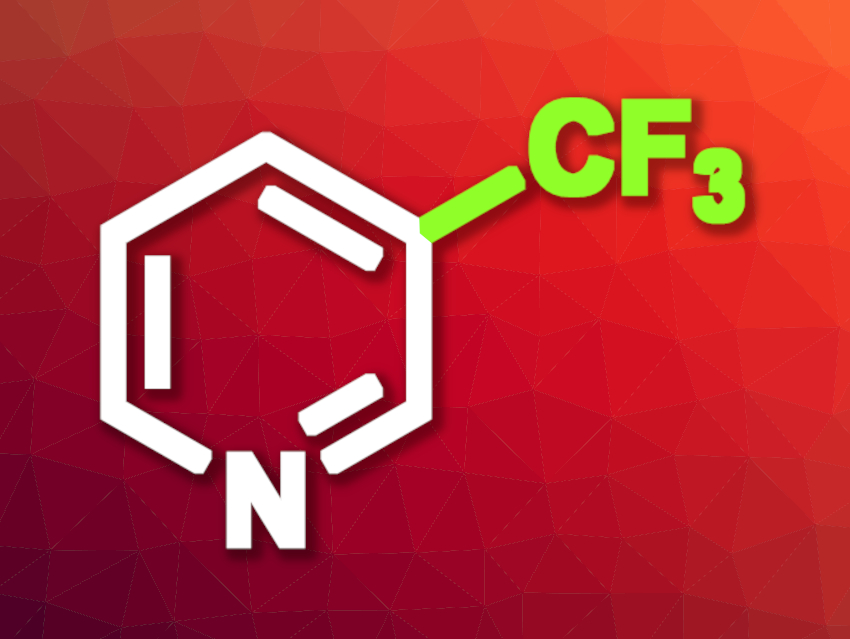Fluorine-containing compounds are useful, e.g., in pharmaceutical and materials chemistry. Often, trifluoromethyl (CF3) groups are used. C(sp2)–H trifluoromethylation reactions, for example, can be used to introduce CF3 groups into aromatic compounds. This type of reaction can be performed using trifluoromethyl radicals, but this approach generally has a low regioselectivity. Nucleophilic reactions could offer an alternative pathway. For pyridine derivatives, for example, there are methods for 2- and 4-position-selective nucleophilic trifluoromethylations. Trifluoromethylation at the C3 position of pyridines had remained challenging.
Yoichiro Kuninobu, Kyushu University, Fukuoka, Japan, and colleagues have developed a 3-position-selective C(sp2)–H trifluoromethylation of pyridine derivatives. The team used a hydrosilylation reaction to activate the substrates, followed by a reaction with nucleophilic CF3 sources such as Togni Reagent I. They functionalized a variety of quinoline and pyridine derivatives by first reacting them with methylphenylsilane in the presence of tris(pentafluorophenyl)borane in 1,2-dichloroethane at 65 °C. Then the hydrosilylated intermediates were reacted with Togni Reagent I at 0–25 °C and with 2,3-dichloro-5,6-dicyano-1,4-benzoquinone (DDQ) at 25 °C to give the desired products.
The 3-trifluoromethylated products were obtained in moderate to high yields and with high regioselectivity. This method was also used for the introduction of perfluoroalkyl groups at the 3 position of pyridine derivatives and for the late-stage trifluoromethylation of a bioactive compound.
- 3-Position-Selective C–H Trifluoromethylation of Pyridine Rings Based on Nucleophilic Activation,
Ryuhei Muta, Takeru Torigoe, Yoichiro Kuninobu,
Org. Lett. 2022.
https://doi.org/10.1021/acs.orglett.2c03327




